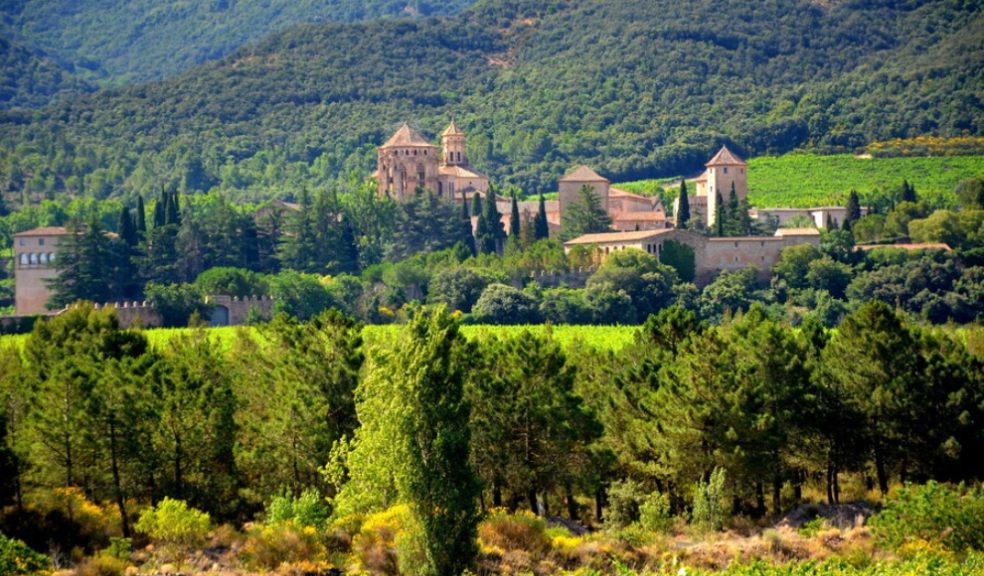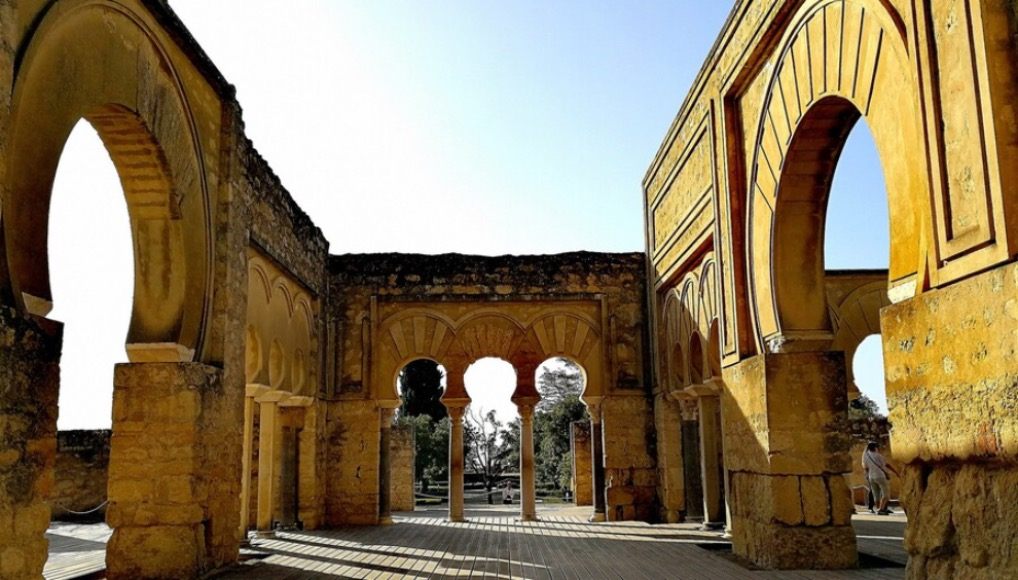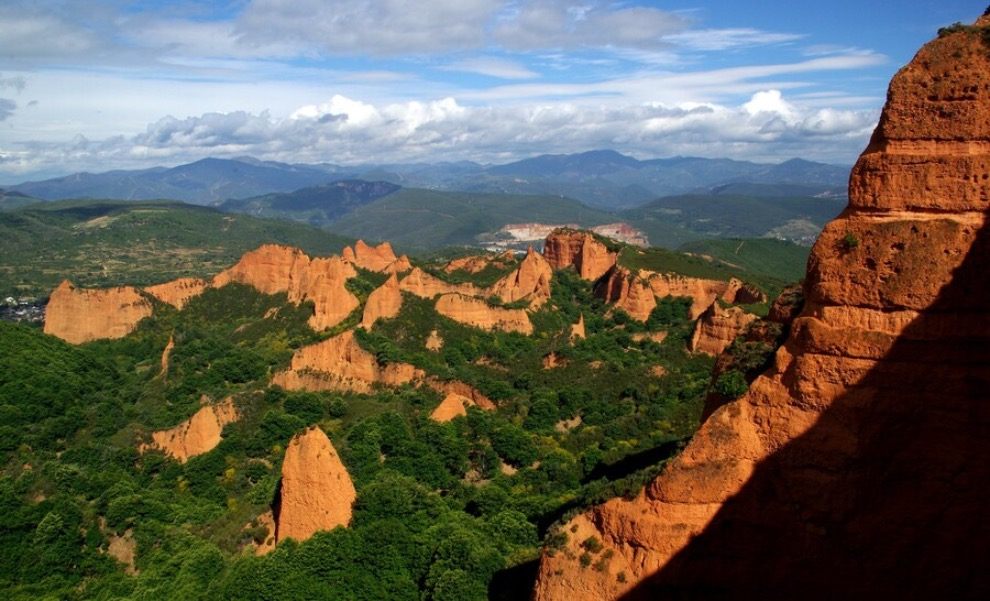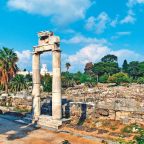
Travel Inspiration: Five stunning but unknown UNESCO World Heritage Sites in Spain
With temperatures dropping low, many of us are already dreaming about our next holiday under the sun. And of course, when we think about sunny holiday destinations, Spain is always one of the first that come to mind! But a holiday to Spain doesn’t always have to be about sun, sea and sand. The country is full of impressive natural and cultural wonders that attract thousands of visitors every year. And yet, there are still some corners that most tourists haven’t explored, which means they are missing out on some incredibly beautiful hidden gems!
To give you some inspiration for your next holiday, we’ve compiled a shortlist of five UNESCO World Heritage Sites that are still quite unknown by many. These beautiful places in Spain will take your breath away! Where are you planning to visit first?
- The Poblet Monastery in Tarragona
When you explore the countryside of Catalonia, you may stumble upon an impressive sight: a huge monastery complex nestled in the hills of Tarragona! This is the Poblet monastery, one of the largest monasteries in Spain. The complex is built around a 12th-century church, and during the centuries more and more buildings were added as they were needed. You can visit the Poblet monastery all year round and enjoy a glimpse into the lives of the 30 monks that still live in the complex. From the church and its Renaissance wood carvings to the humble dining room of the monks, a visit to Poblet will be welcome break from the busy cities of the Costa Brava!
- The Medina Azahara in Cordoba

Medina Azahara (CC by 2.0) by Manuel m. v.
While most visitors to Cordoba never forget to visit the famous Mezquita, there is another Moorish architectural wonder near the city that goes overlooked by many: the Medina Azahara. This ancient Moorish city is located on the outskirts of Cordoba. It was once the capital city of the Caliphate of Cordoba, with stunning gardens, lively markets and beautiful palaces. The Medina Azahara, which dates back to the 10th century, was discovered in 1911, and excavations have been ongoing ever since. Parts of the excavated city have been carefully restored to transport you back in time, and you can take guided tours to get a better idea of what the daily lives of the city’s inhabitants would have been like.
- The Garajonay National Park in the Canary Islands
If you want to visit a jungle without leaving Europe, then La Gomera, one of the smaller Canary Islands, is the place to be. On the northern side of the island you can visit the Garajonay natural park, a nature reserve home to a subtropical laurel forest. In this park you can find trees that date back to prehistoric times! If you like hiking, then a day trip to La Gomera from any of the other islands is more than worth your while! Lush forests, stunning views and unique flora and fauna are all connected by well-indicated trails. Hike to the highest point of La Gomera for the best view, or walk the Raso de la Bruma Trail and feel like you’re in a magic forest. The Garajonay National Park is an absolute must during your stay on the Canary Islands!
- The university and old city centre of Alcalá de Henares in Madrid
For a healthy dose of culture and architecture you have to head for Alcalá de Henares, a university town near Madrid that was the birthplace of Spain’s most famous writer: Cervantes, the creator of Don Quijote. Its streets are steeped in history and architecture, with many of the buildings in the centre dating from the 16th century. The university is another landmark that you can’t miss: the institution dates from the 15th century and many of its buildings are architectural wonders. The quaint streets, lively bars and beautiful parks of Alcalá de Henares enchant every visitor! This city makes for a great day trip when you are visiting Madrid and want to escape the capital for a day.
- Las Medulas in León

Las Medulas, Roman Gold Mines (CC BY-SA 2.0) by Karsten Wentink
While most tourists usually stick to the capital and the coast of Spain, the interior of the country hides some amazing and impressive gems that we are missing out on! Take Las Medulas for example, a stunning landscape formed by excavations by the Romans. This area in Leon used to be the largest gold mine during Roman times, and is now known as one of the most surreal landscapes in Spain. With its beautiful golden colour and interesting shape, Las Medulas is the most photogenic hiking location you can imagine! Put on your hiking boots and explore this hidden gem in the Spanish countryside.
Main image credit: Monestir de Poblet, paisatge, Conca de Barberà (CC BY-SA 2.0) Angela Llop

















